ZMINA: Rebuilding - Kryvyi Rih. Industrial Heritage Revived Through Culture
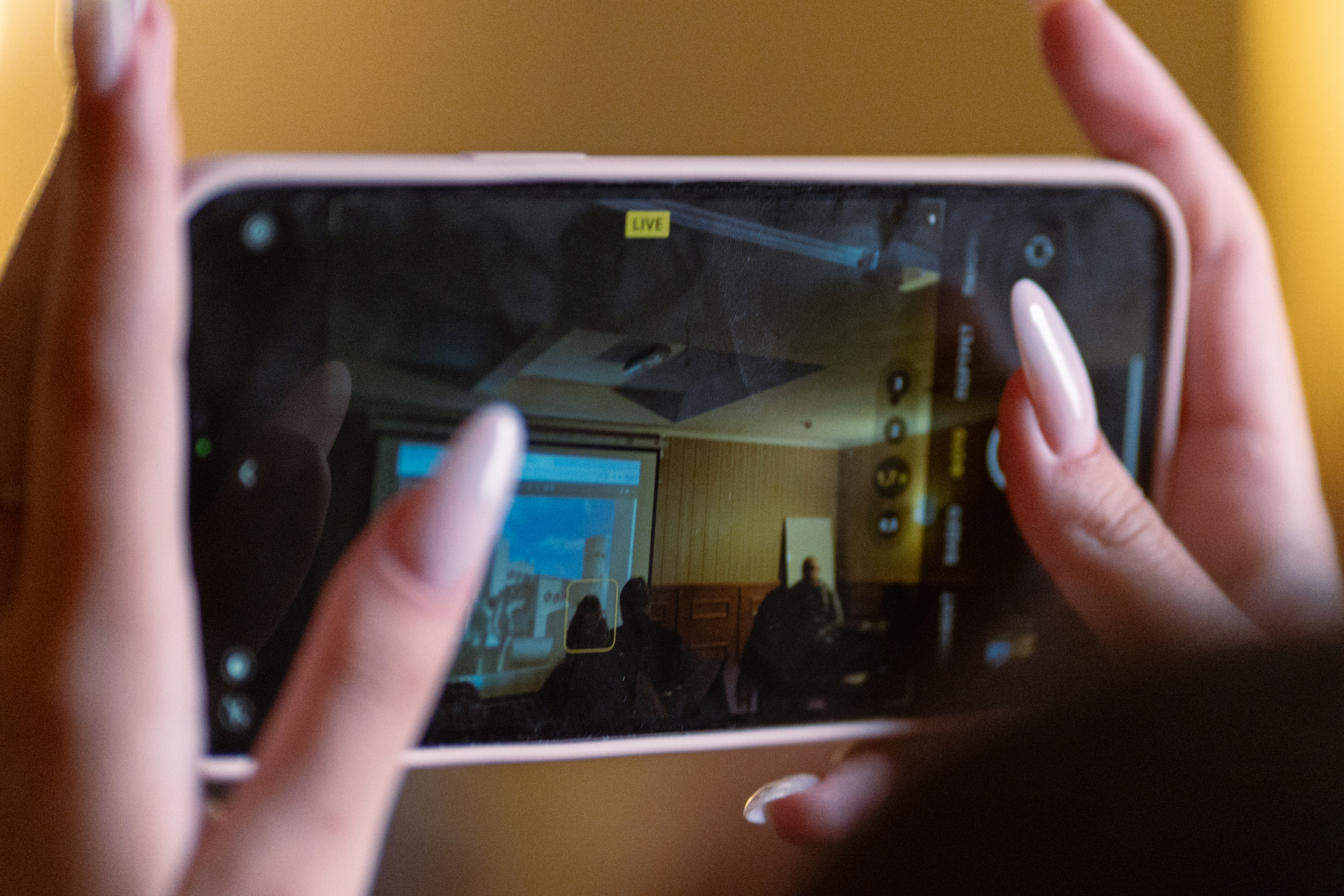
Kryvyi Rih: Cultural Heritage – this is the name of a project that has brought together architects, urban planners, historians, and artists with local communities in a town historically linked to mining and metallurgy. Their shared goal is to find new uses for abandoned industrial sites. Sviatoslav Mykhailov, Communication Manager at Kryvyi Rih Cultural Centre (KRCC), shared more details about the project.
What do you consider as the greatest value and uniqueness of the cultural and industrial heritage of Kryvyi Rih?
The greatest value of Kryvyi Rih’s cultural and industrial heritage lies in its unique blend of industrial legacy and cultural resilience. As one of Ukraine’s major industrial centers, the city’s identity has been shaped by large-scale metallurgical and mining enterprises, yet it also has a rich cultural landscape that reflects the lives of the people who built and sustained these industries.
The interaction between industrialisation, local cultural heritage, and evolving urban spaces makes Kryvyi Rih a distinctive site for cultural and historical reflection.
.webp)
What motivated you to start this entire project? How did the idea come about?
The project was motivated by the urgent need to preserve Kryvyi Rih’s industrial heritage while fostering cultural development. With the war reshaping Ukrainian cities, it is crucial to rethink urban restoration and cultural memory, ensuring that industrial sites are not simply abandoned but transformed into spaces of cultural significance. The idea came from the realization that industrial heritage is often overlooked in cultural initiatives, yet holds vast potential for revitalisation through artistic, architectural, and urbanistic interventions.
What was the original main goal of the project?
The primary goal was to initiate a dialogue and develop scenarios for the revitalisation and preservation of Kryvyi Rih’s cultural and industrial heritage, bringing together experts in architecture, urban planning, history, and the arts. Additionally, we sought to engage local communities in discussions about the future of their city and create sustainable cultural initiatives that could inspire future projects.

Have you succeeded in achieving this goal?
Yes, the project successfully facilitated cross-sectoral collaboration among experts and engaged the community in discussions about heritage preservation. The urban workshop allowed participants to co-develop strategies for revitalising industrial sites, and the educational program helped broaden perspectives on decolonisation and cultural identity. While the full realisation of revitalisation efforts requires long-term commitment, we have laid a strong foundation for future initiatives.
Did you seek inspiration from projects in other cities or countries?
Yes, we examined international best practice in industrial heritage revitalisation from cities such as Essen (Germany), Manchester (UK), and Łódź (Poland). These cities have successfully repurposed industrial sites into cultural spaces, creative hubs, and public venues while maintaining their historical significance. Their models inspired us to explore how Kryvyi Rih could follow a similar path while maintaining its unique identity.
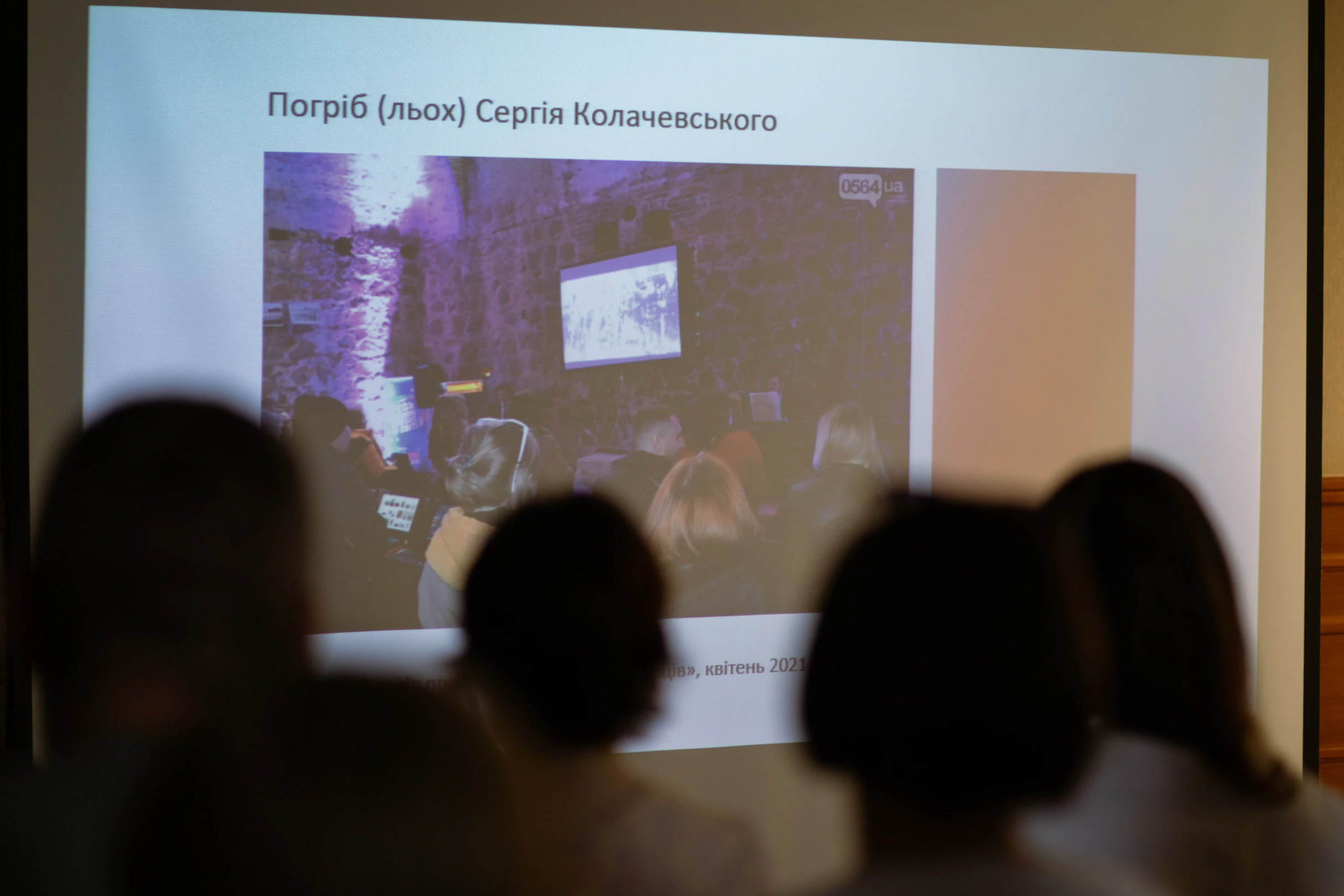
How does collaboration between architects, urban planners, artists, historians, and civil society take place?
Collaboration occurs through structured workshops, discussions, and field visits to heritage sites. Experts from different backgrounds contribute their perspectives, ensuring a multidisciplinary approach to urban revitalisation. The residency included brainstorming sessions where architects proposed spatial solutions, historians provided context, and artists envisioned cultural reinterpretations of industrial spaces.
How did you motivate people to actively engage?
We emphasise co-creation and participatory approaches, allowing community members to actively shape discussions rather than being passive observers. By showing how cultural heritage impacts their everyday lives and providing opportunities for direct input, we create a sense of ownership and motivation to engage.
How did you decide who is involved in the project?
Participants were selected based on their expertise, commitment to urban revitalisation, and interest in cultural heritage. We sought a balanced mix of professionals from different fields, ensuring diverse perspectives. Additionally, local community representatives and civil society members were invited to bridge the gap between expert discussions and public needs.
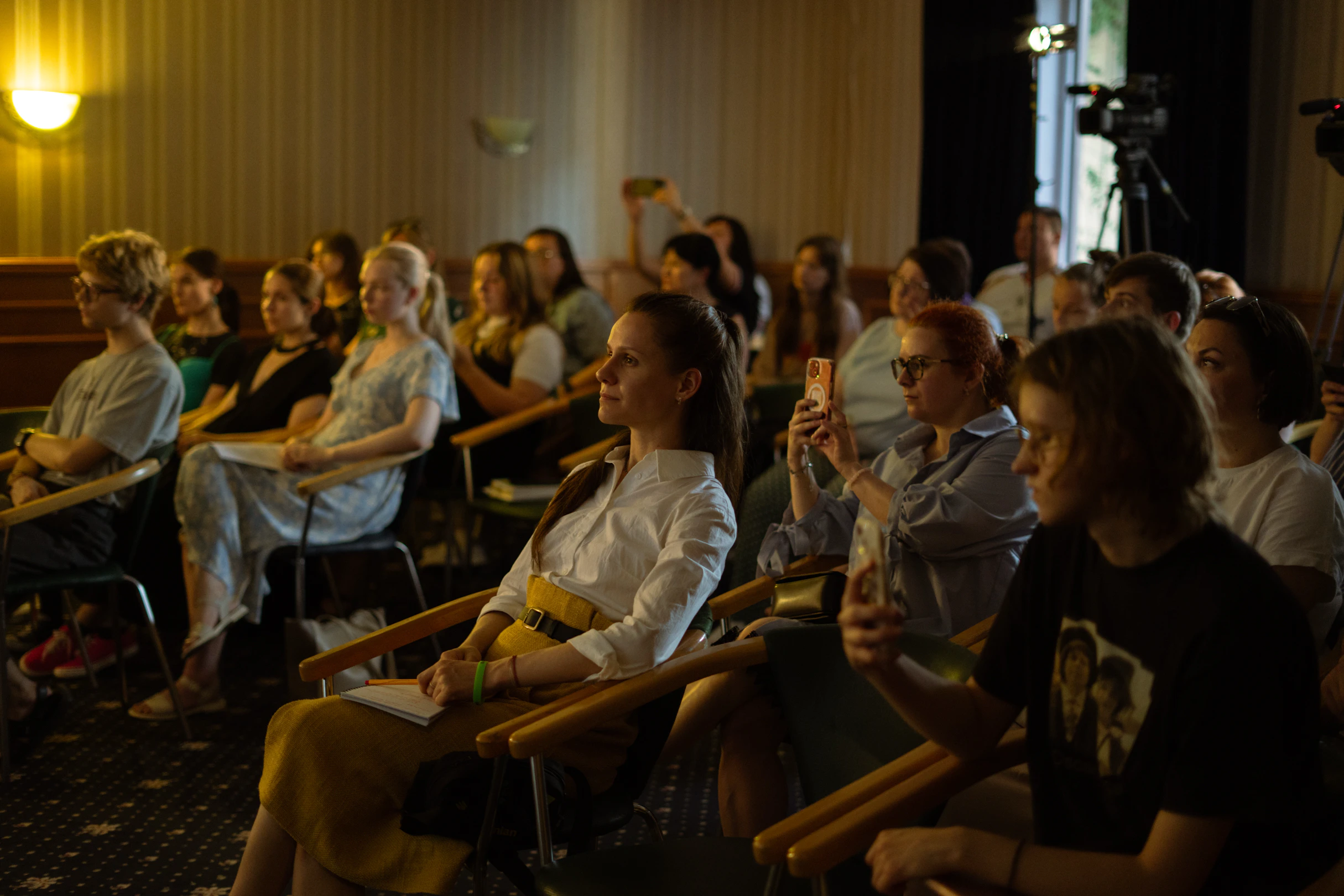
How have you managed to involve local communities in the project?
We organised public presentations, discussions, and site visits, where residents could engage with experts and express their opinions. The final presentation of the workshop included an open dialogue session, encouraging further engagement in cultural and urban planning initiatives.
Did you organize public discussions or meetings where residents can express their opinions?
Yes, public discussions were a core component of the residency. The final presentation served as a platform for community members to discuss their vision for the city, share concerns, and suggest ideas for future projects.
Have you encountered negative feedback?
While the project has received mostly positive responses, some skepticism arose from residents concerned about the feasibility of revitalisation efforts and the long-term impact of cultural initiatives. Addressing these concerns requires continued engagement and transparent communication.
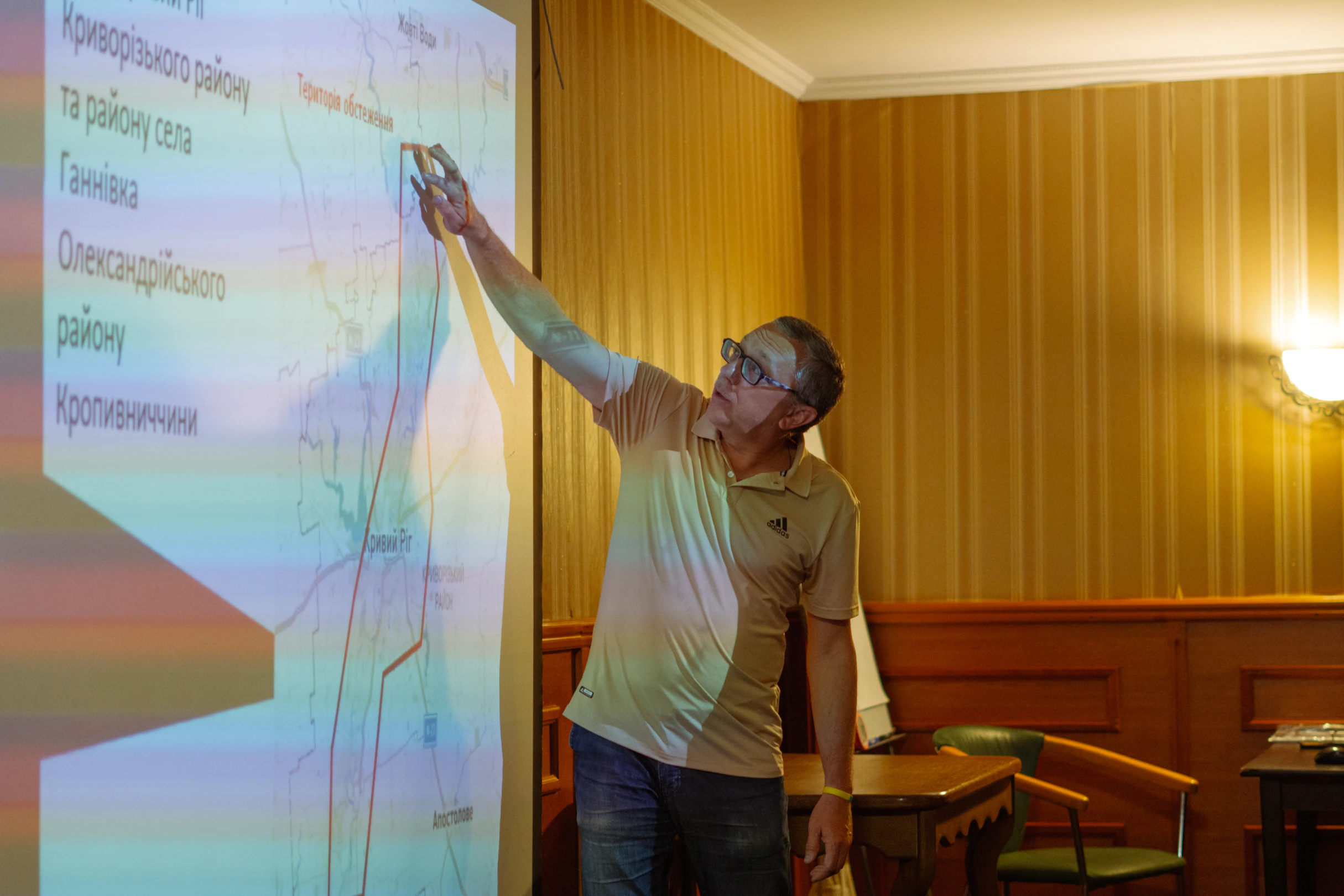
How many people are currently working or have worked on the project, and what are their main roles?
The project involved 15 experts, including: curators and urban researchers (Maria Korobko, Margarita Gogun); ducational program curator (Yevheniia Laptiy); local coordinators and community facilitators; and artists, historians, and urbanists contributing to research and discussions.
Which cultural or industrial landmarks in the city do you consider the most important to preserve?
- Artem 2 Mine (Bykova Street, 31)
- Post Office (Poshtovyi Avenue, 23)
- ARTA (Vakhtangova, 6b)
- Shymanovskyi House (Shymanovskoho, 29)
- Kryvyi Rih Bread Factory 1 (Heorh Ots Street, 6)
The city also includes post-Soviet elements. How do you approach their historical and cultural significance?
We take a critical yet inclusive approach, recognising the complex historical layers of the city. The educational program explores decolonisation and how to reinterpret Soviet-era heritage through a contemporary lens rather than erase it.
Can you tell us more about the city workshop, which is one of the project’s outcomes?
The urban workshop facilitated multidisciplinary collaboration to develop potential revitalisation strategies for Kryvyi Rih’s industrial sites. It employed co-creation, city exploration, and participatory mapping to generate concrete proposals.
How did it operate, and what was its main contribution?
The workshop’s main contribution is the development of actionable recommendations for future revitalisation projects and a platform for ongoing dialogue between experts and the community.
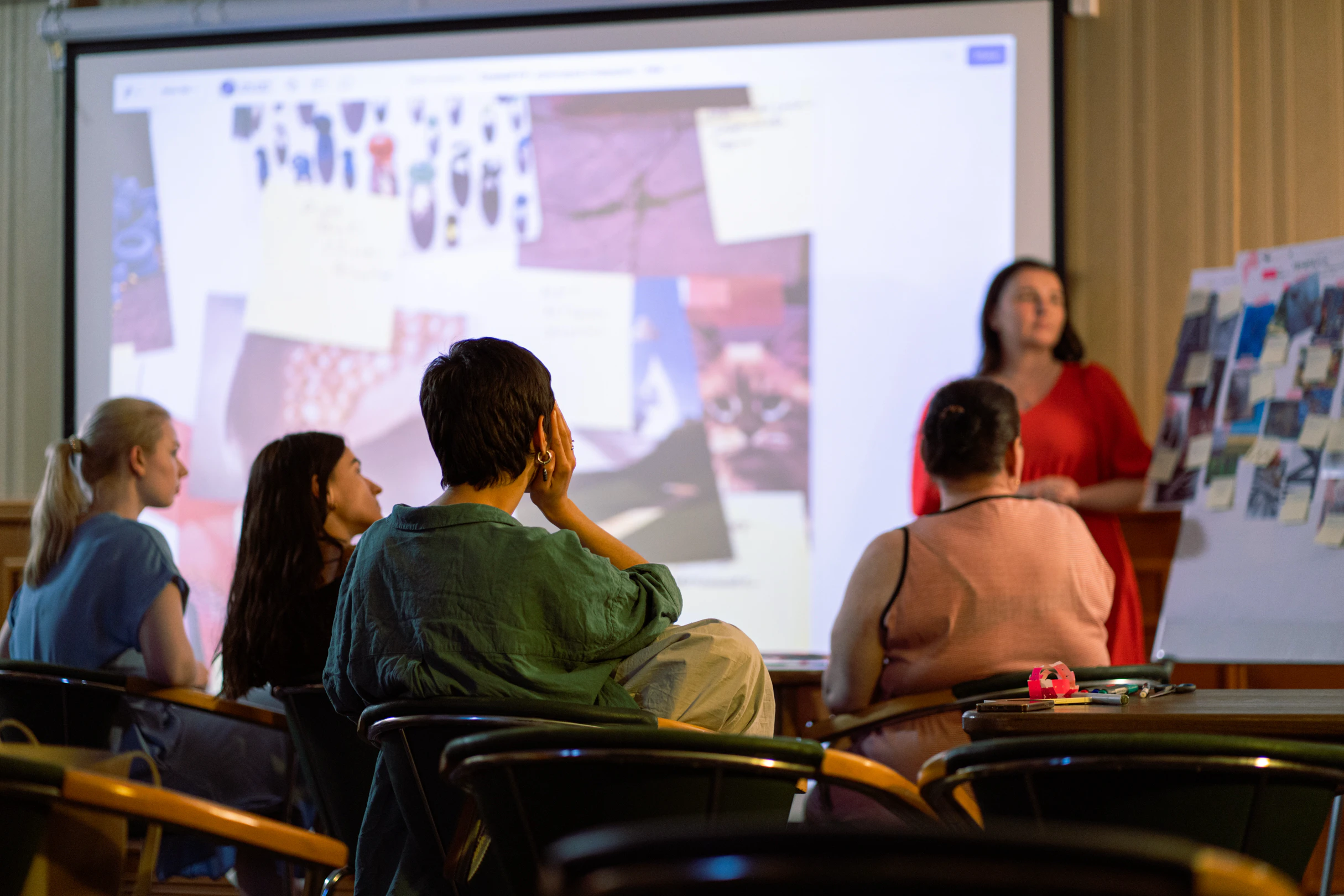
Describe the educational program that was part of the project in more detail.
The educational programme within the residency "Kryvyi Rih: Cultural Heritage" was designed to provide participants with a deeper understanding of the city’s cultural and industrial heritage, focusing on its revitalisation, preservation, and historical reinterpretation. This programme consisted of a series of thematic lectures featuring experts in urban studies, architecture, history, and industrial heritage, offering insights into how Kryvyi Rih can redefine its identity through cultural transformation.
The educational programme fostered a deeper appreciation for Kryvyi Rih’s cultural and industrial heritage, equipping participants with knowledge and framework to develop sustainable urban projects. By combining historical analysis with contemporary urban planning strategies, the programme empowered local professionals and cultural practitioners to take an active role in shaping the city’s future.
It also provided a platform for interdisciplinary collaboration, where architects, urbanists, historians, artists, and civil society representatives could exchange ideas, learn from best practices, and co-create visions for Kryvyi Rih’s cultural regeneration and post-war reconstruction.
Who was this educational program intended for?
It was designed for architects, urbanists, historians, artists, cultural managers, and civil society representatives.
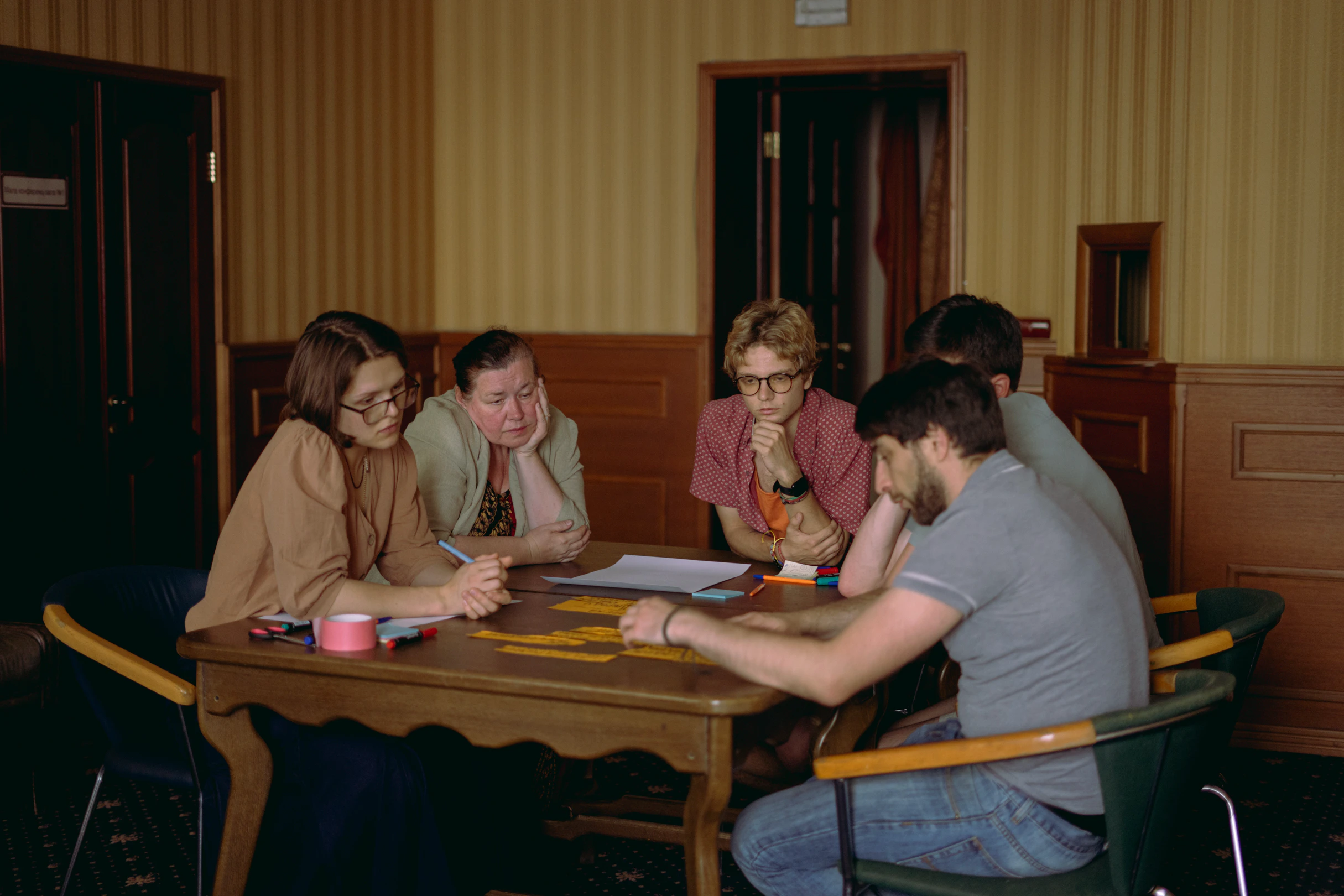
What specific topics does your educational program cover?
The educational programme within the "Kryvyi Rih: Cultural Heritage" residency covered a range of interdisciplinary topics related to urban revitalisation, industrial heritage, decolonisation, and architectural transformation. The programme focused on how Kryvyi Rih’s cultural and industrial past can be preserved, reinterpreted, and integrated into contemporary urban life.
Each of these topics was addressed through expert-led lectures, case studies, and participatory discussions, ensuring a practical and contextualised approach to Kryvyi Rih’s cultural and industrial heritage preservation.
How do you ensure the long-term sustainability of the project?
We aim to expand partnerships with local institutions and businesses; continue public engagement through discussions and exhibitions; and develop policy recommendations for urban planners and decision-makers.
What was the biggest challenge during your work on the project?
The biggest challenge was ensuring long-term impact while working within a limited timeframe and budget. Maintaining engagement beyond the project’s duration remains an ongoing effort.
Can this project be applied to other regions or cities?
Yes, this model of interdisciplinary collaboration and community engagement can be replicated in other post-industrial cities seeking to preserve and revitalise their heritage while fostering cultural development.
Author: Ján Janočko
ZMINA: Rebuilding is a project co-funded by the EU Creative Europe Programme under a dedicated call for proposals to support Ukrainian displaced people and the Ukrainian Cultural and Creative Sectors. The project is a cooperation between IZOLYATSIA (UA), Trans Europe Halles (SE) and Malý Berlín (SK).